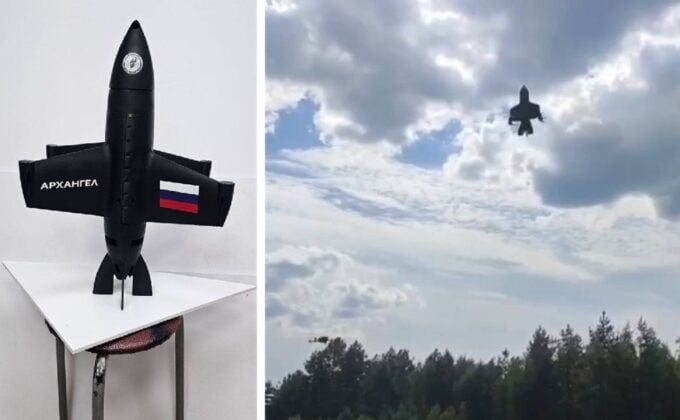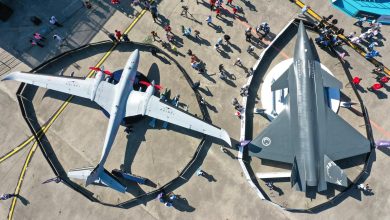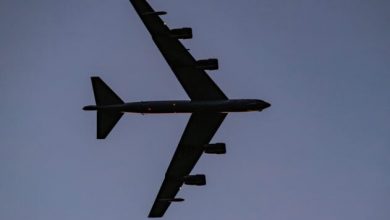Russia tests new Archangel drone interceptor

A new drone interceptor system called “Arkhangel” is undergoing tests in Russia’s Kursk border region, according to statements from the head of the volunteer drone initiative associated with the project.
The system is being presented as a response to Ukrainian unmanned aircraft operating both along the front and across rear areas inside Russia.
The announcement came from Mikhail Filippov, who leads the nationwide initiative known as “Arkhangel,” which began as a network of training schools for drone pilots. He stated that the Russian defense manufacturer Kalashnikov has started producing combat versions of the group’s unmanned aircraft. Filippov said that newly formed interceptor crews and mobile radar teams have now been deployed to the Kursk region to conduct operational testing.
Filippov explained that the “Arkhangel” airframe is designed to act as an interceptor, supporting and expanding Russia’s air defense network. He said the drone has no broad equivalent in terms of its combination of speed and range and was created to strengthen existing defenses rather than replace them.
He described the threat picture as Russia sees it. According to Filippov, Ukrainian forces employ reconnaissance drones to search for gaps in Russian air defense systems. Strike drones follow those reconnaissance flights, attempting to attack infrastructure, logistics sites, or military positions. He said that Ukrainian drones are inexpensive compared to the weapons typically used to shoot them down.
Filippov said Ukrainian reconnaissance drones cost the equivalent of several thousand U.S. dollars, while Russian forces are often forced to use expensive missiles or wait to engage drones at very short range with machine guns. He argued that this approach is not sustainable. He stated that the “Arkhangel” interceptor is designed to address that economic imbalance by intercepting drones before they reach valuable targets.
The interceptor, according to Filippov, is able to fly at speeds of around 360 kilometers per hour and operate at ranges of up to 50 kilometers. He said Ukrainian reconnaissance drones typically fly at roughly half that speed. The ability to close distance rapidly is central to the design. He added that mobile teams equipped with radar can track incoming drones and guide the interceptor to pursue them into open areas, away from infrastructure and populated settlements, where they can be destroyed without additional risk.
Filippov emphasized that this concept is intended to prevent later, more damaging attacks. In his view, stopping reconnaissance drones early means preventing follow-on strike missions. He also framed the issue in economic terms, stating that using high-cost missile interceptors against low-cost drones wastes resources and cannot continue indefinitely. He argued that both sides in the war have reached the same conclusion, and the outcome will depend on which side can deploy new counter-drone technologies faster and in greater numbers.
The development of the “Arkhangel” interceptor reflects a wider shift in warfare driven by drone proliferation. Both Ukraine and Russia now employ unmanned aircraft for surveillance, targeting, and direct attack. The battlefield is increasingly shaped by the ability to detect, chase, and disrupt drones before they can report locations or deliver explosives.





